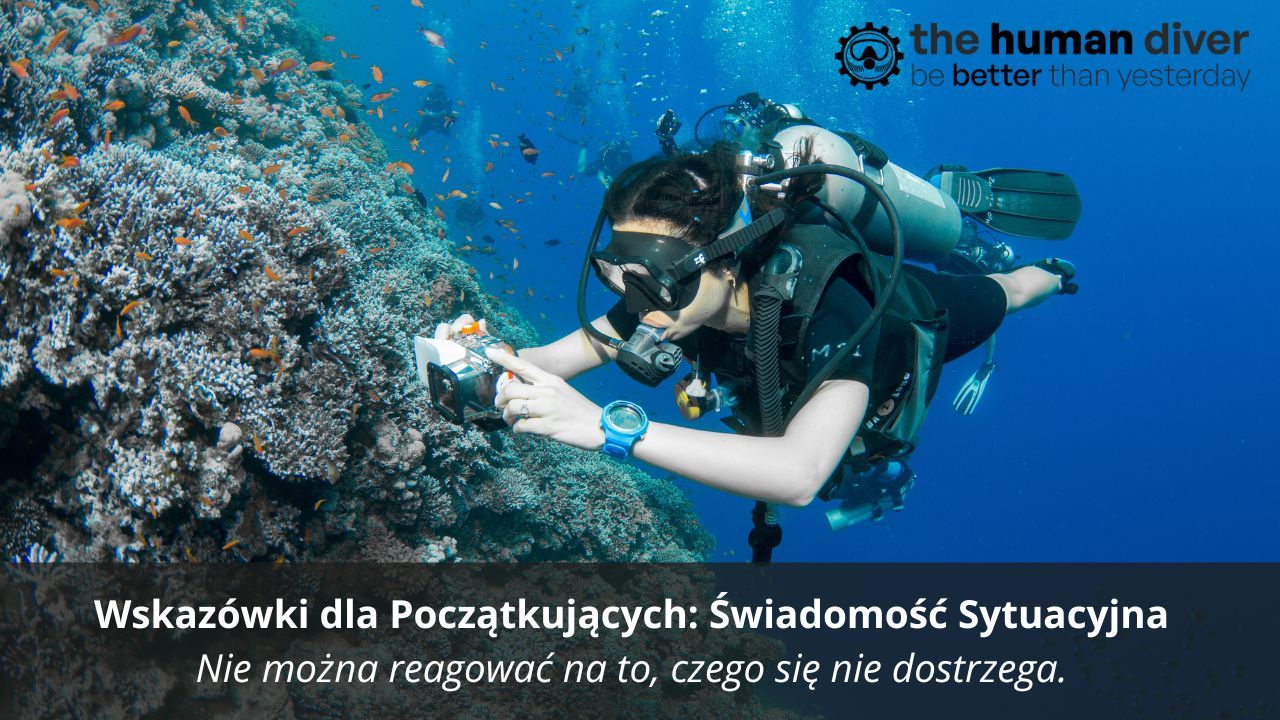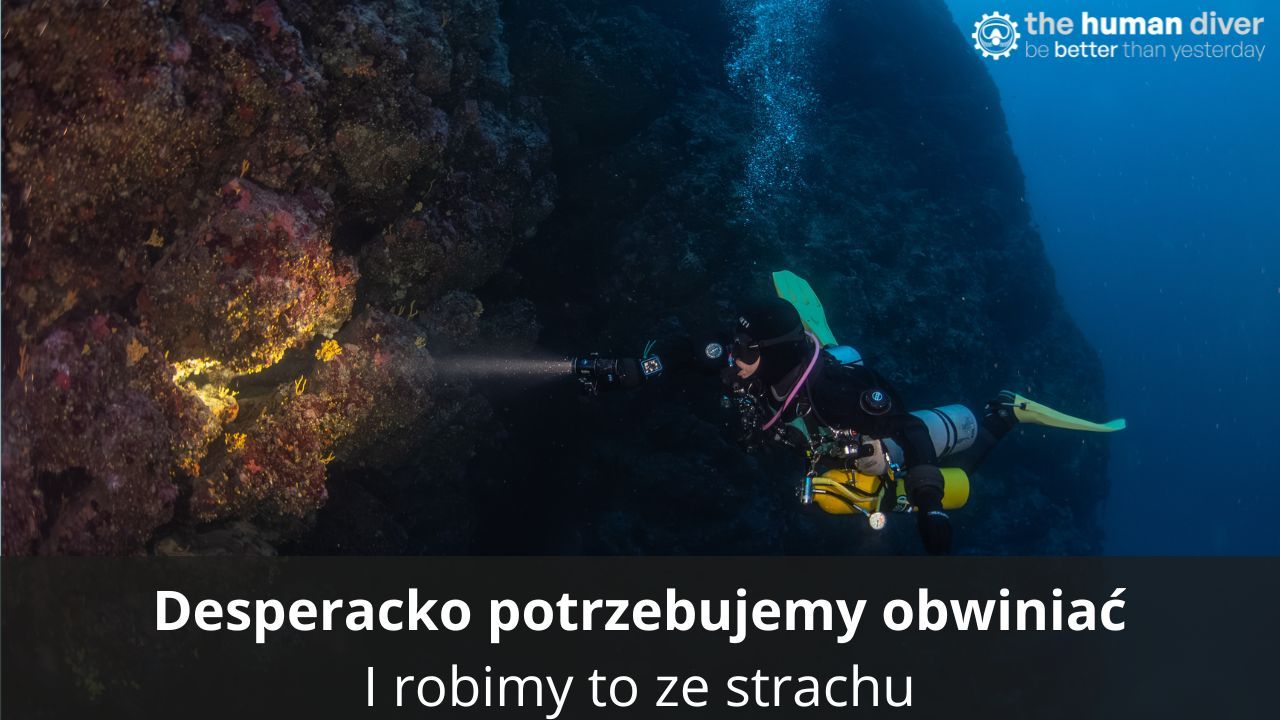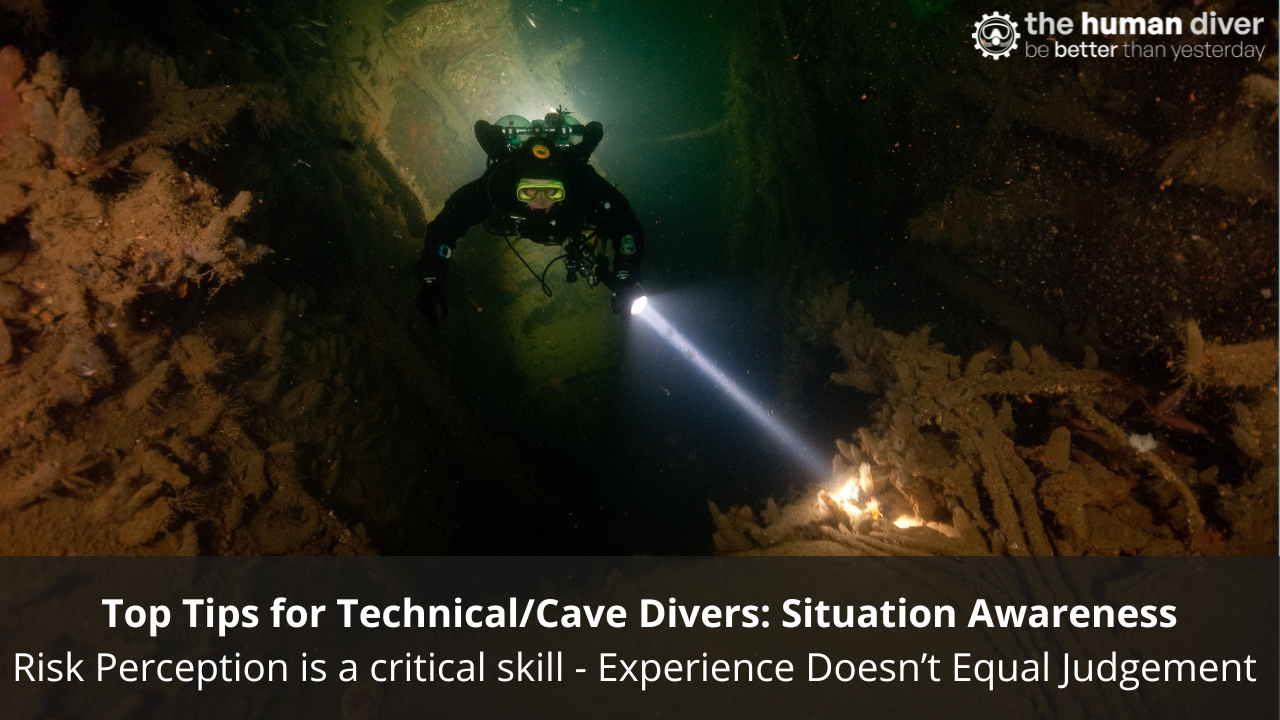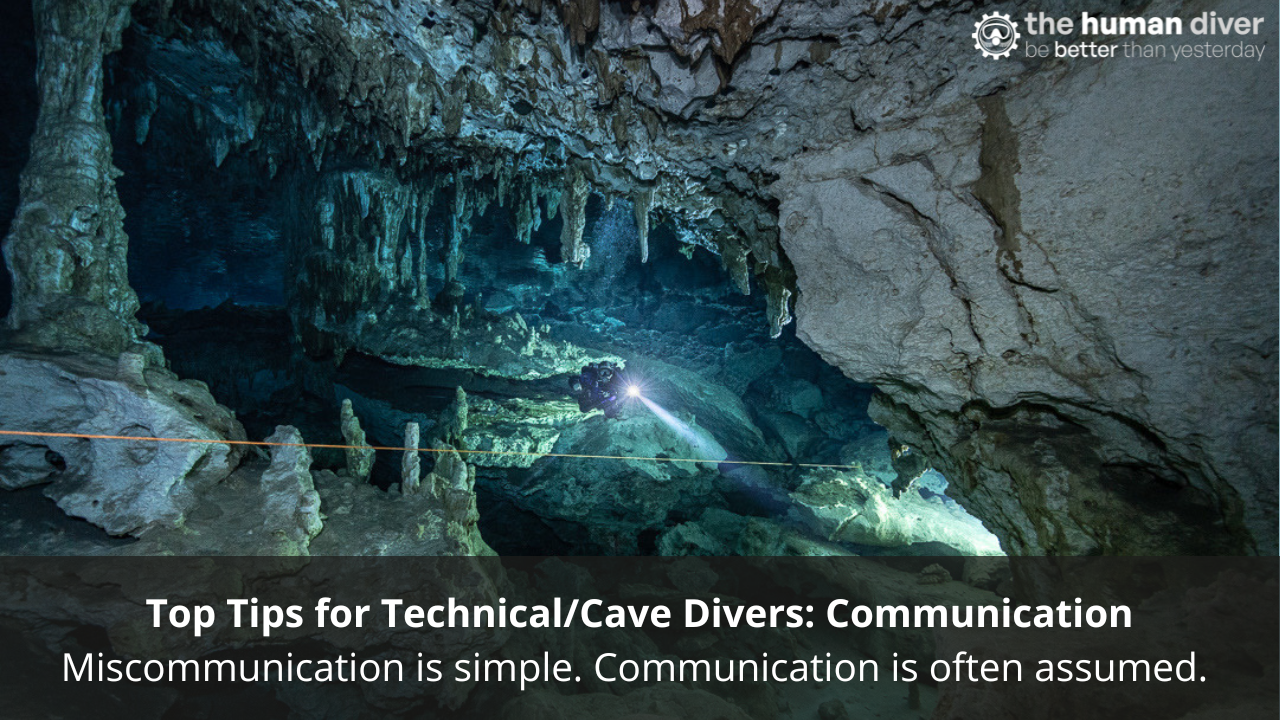
My Biggest Mistake: Context Driving Behaviour
Mar 20, 2022Following on from Gareth’s blog last week, I’d like to share a mistake I made. If you haven’t read last week’s blog, I suggest you go and read that first.
I have two ways of telling this story; I can either tell you what I did (and the outcomes) or I can give you the details first. If I tell you what I did, I will trigger your fundamental attribution bias and your hindsight bias (Again, check last week’s blog if you don’t know what I’m talking about). So I’ll start with the back story.
The Back Story - The Context
I’m a full-time instructor with a few thousand dives under my belt. On the day in question, I was due to guide a customer through the Canyon in Dahab, with a max depth of 55m. He was a fairly newly qualified Extended Range diver, which meant he was certified to dive to a maximum of 55m on air. We started off with a check dive, as he’d never been to our centre before and hadn’t dived for a few months. We planned to do the check dive directly on our house reef at the dive centre which involves a shore entry, then top up our gases and head over to the canyon, a drive that takes about 15-20 minutes.
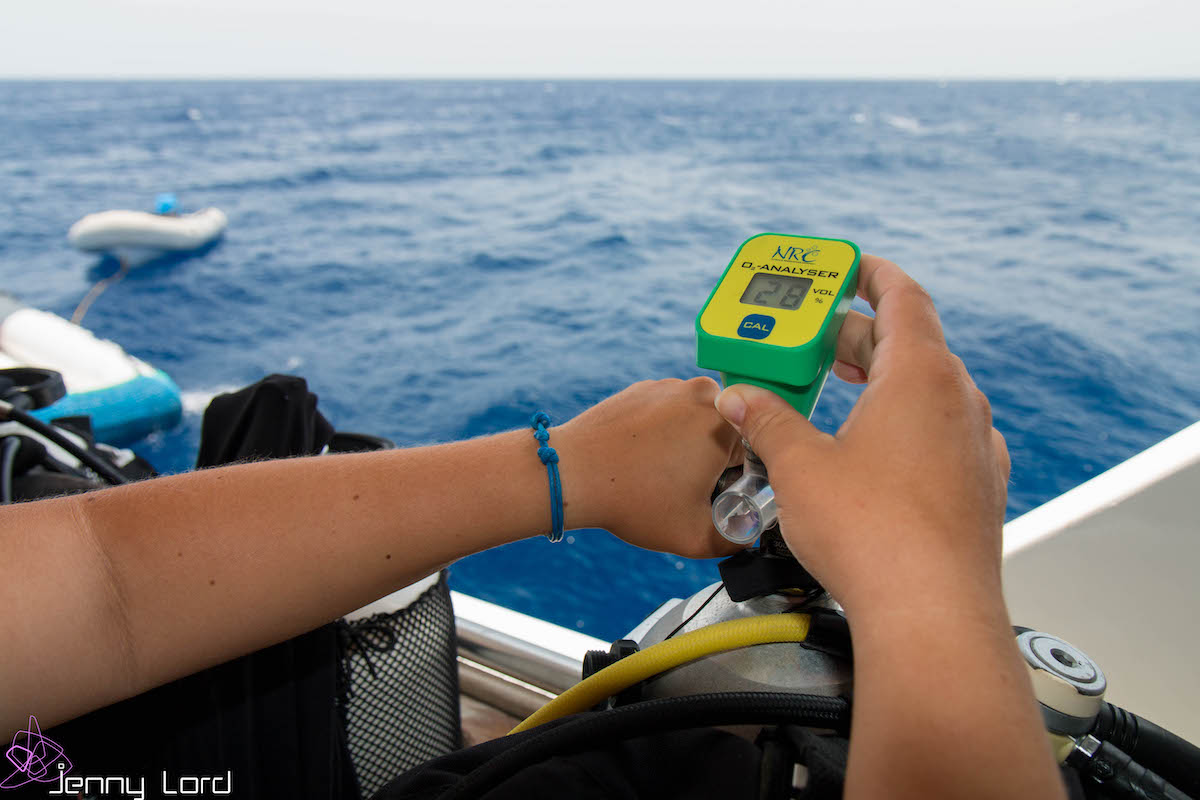
I had 200 bar of nitrox 28% in my doubles, leftover from a dive the day before, he had 200 bar of air. We both had a full (200 bar) stage of 50%. After a short briefing, gas analyses and initial checks, we got in the water. Already I was finding things a little tricky, as there was a significant language barrier. He spoke a little English but seemed to understand most of what I said (I checked by asking questions through a colleague who translated for me). I speak very little Arabic, less than his English.
The Check Dive
We got in the water and completed the check dive. I could see his skills were not where I would have expected them to be; his buoyancy was not well controlled, his breathing rate was very high and he didn’t have as much awareness of himself and his surroundings as I would have liked. I had to make the call as to whether he would be safe enough to do a deeper dive and while I thought he could do with some coaching, I didn’t think he would be unsafe.
After a top-up of his gases (I’d barely used any of mine, so didn’t touch them and just loaded them straight into the car), off we went to the Canyon.

At the canyon, I discovered he hadn’t understood when I’d asked him to re-analyse his gases before leaving the centre, so we had to wait while the driver went back to pick up an analyser. While we were waiting I briefed the route we’d be taking and the dive plan (depth, time, deco stops etc). 40 minutes later, we were kitting up. I normally follow a series of pre-dive checks before each dive, but as the language barrier was proving significant and we were running out of time I had shortened a few steps by checking his gases myself, rather than both of us stating what gases we had to each other, and showing him what equipment I was carrying rather than stating it in my normal order.
Finally, we were ready to go. The plan was to go through the canyon and along the wall, max depth 55m.
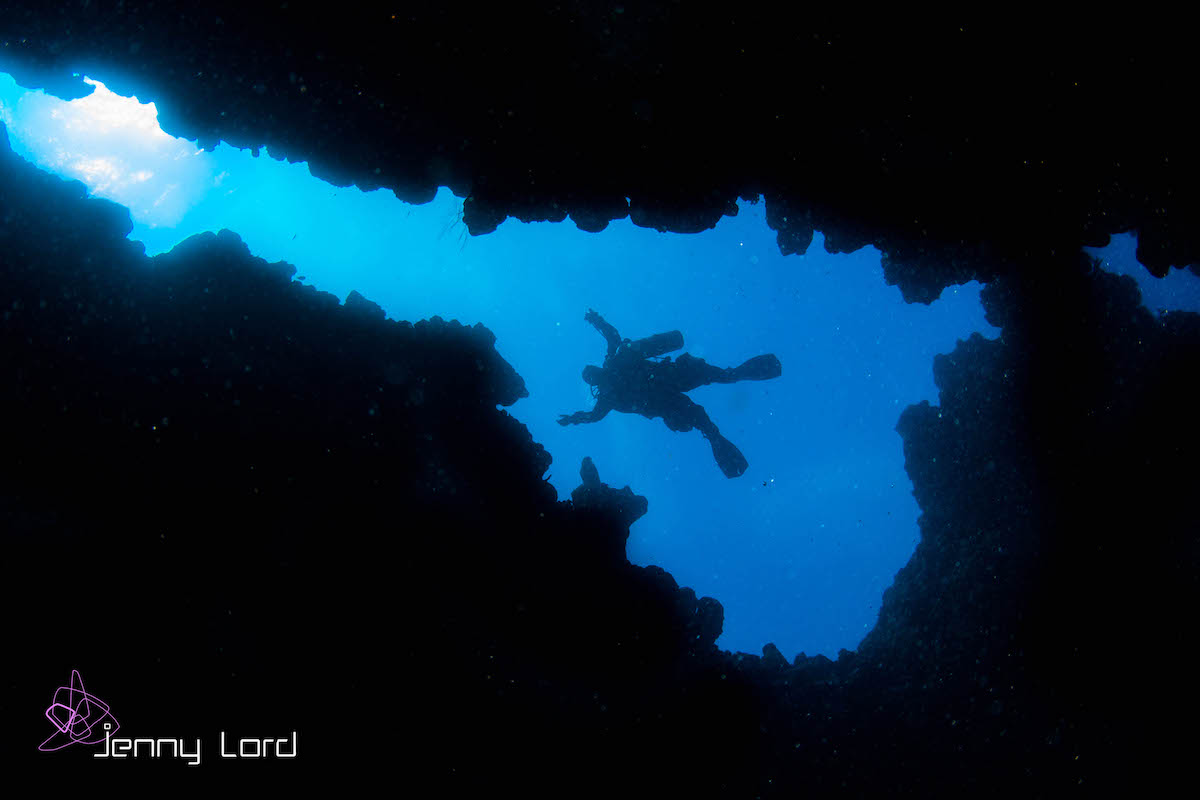
What pO2?!!
So…..spotted it yet? No, neither did I. The sharp-eyed nitrox divers among you may be yelling at your screens right now though. That’s right…..I did a 55m dive with 28% nitrox. At 55m, the partial pressure of that gas is 1.82. I normally keep my back gas to a maximum partial pressure of 1.3 or 1.4 and even during deco will only use 1.6. 1.82 is well above what is considered a “safe normal” limit. I’ve had a friend suffer from oxygen toxicity with partial pressures less than that. It’s true, in the past people used far greater partial pressures but I tend to try and dive as cautiously as is reasonable, as diving is my career as well as my passion, so I don’t want to risk any problems.
I didn’t even realise this was the case until AFTER the dive had ended and my tanks had been loaded back on the car, where I happened to catch a glance at the label.
Context Drives Behaviour
So why did this happen? The easy answer is because clearly, I’m an idiot who got complacent. That’s what I told myself, at least. The truth is that we all make mistakes, slips, lapses. We all have varying pressures on us, be it time, money, family or other things. And we all have barriers that get in the way, such as language, culture or distractions.
In this case, I thought I was saving time by not getting my gases refilled. Unfortunately, that meant I didn’t re-analyse prior to the second dive, so missed one of my usual “fail-safes”. I’d analysed my gases that morning and they hadn’t left my sight since, so hadn’t felt a need to re-analyse. The time pressures and language barrier were weighing on my mind, so I sought to save time by checking his gases myself. That meant I missed out on the fail-safe of telling him what my gases were. I forgot the fundamental rule that our pre-dive checks are for everyone, guide included.
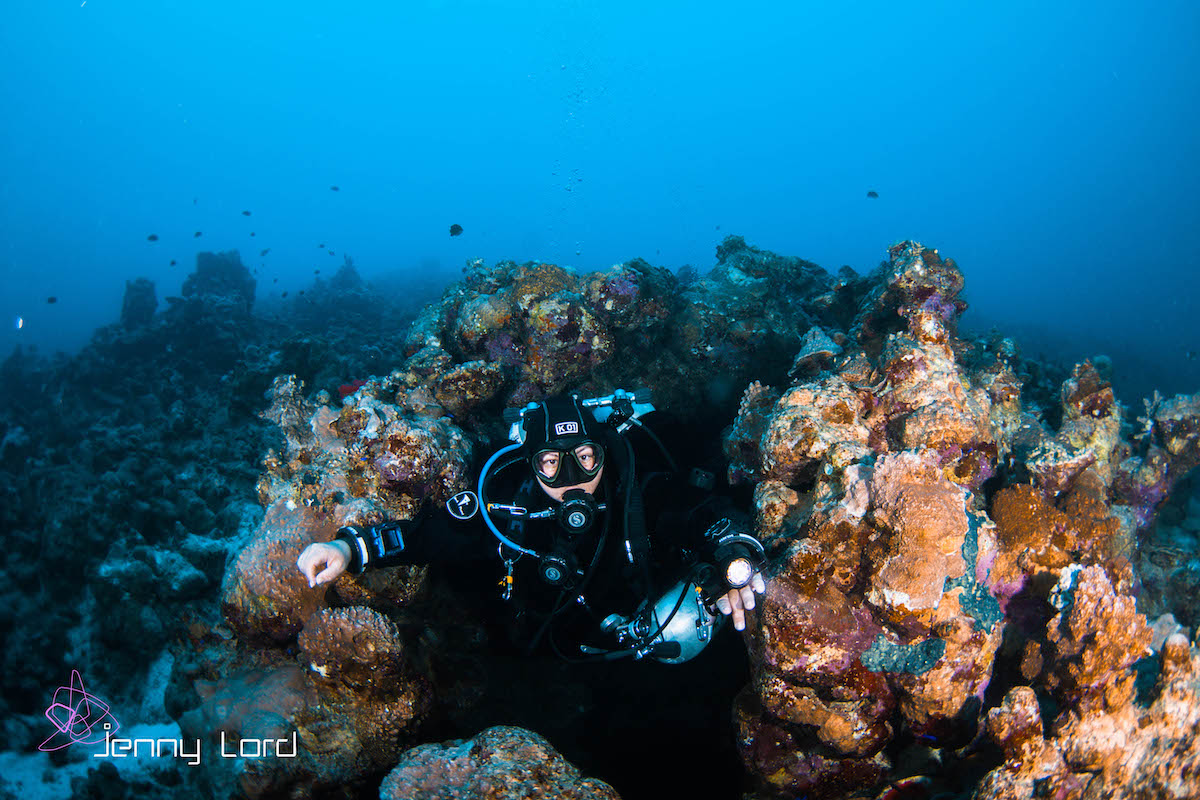
I do have one big thing that I’m very thankful for. When I got back and told my boss what I’d just done, I would have understood completely if he’d yelled at me for being such an idiot. Instead, he just looked at me and said “whoopsie!”. I was able to talk about my mistake because we have a psychologically safe environment, we’re encouraged to share mistakes we make so that everyone can learn from them. He wasn’t being flippant with his comment, he just knew that we would be having a discussion as to why I’d made that mistake and how I could stop it from happening again. The result of that conversation was the reminder that checks are for everyone, not just customers! I will also speak up if I believe language is a problem, so we can either swap out for someone who speaks the language or make sure there’s a translator available.
Next time you hear of someone making a mistake, rather than “He should have done that” or “I would have done this”, try playing this game; ask yourself “How did it make sense at the time?” or “What chain of events could have caused that to happen?”. The answers might surprise you. If we want to improve our performance and safety, we need to be looking at changing the conditions surrounding the event, not addressing the actions directly.
Jenny is a full-time technical diving instructor. Prior to diving, she worked in outdoor education for 10 years teaching rock climbing, white water kayaking and canoeing, sailing, skiing, caving and cycling, amongst other sports.
Her interest in team development started with outdoor education, using it as a tool to help people learn more about communication, planning and teamwork.
Since 2009 she has lived in Dahab, Egypt teaching SCUBA diving. She is now a technical instructor trainer for TDI, advanced trimix instructor, advanced mixed gas CCR diver and helitrox CCR instructor.
Jenny has supported a number of deep dives as part of H2O divers dive team and works as a safety diver in the stunt industry.
Want to learn more about this article or have questions? Contact us.





